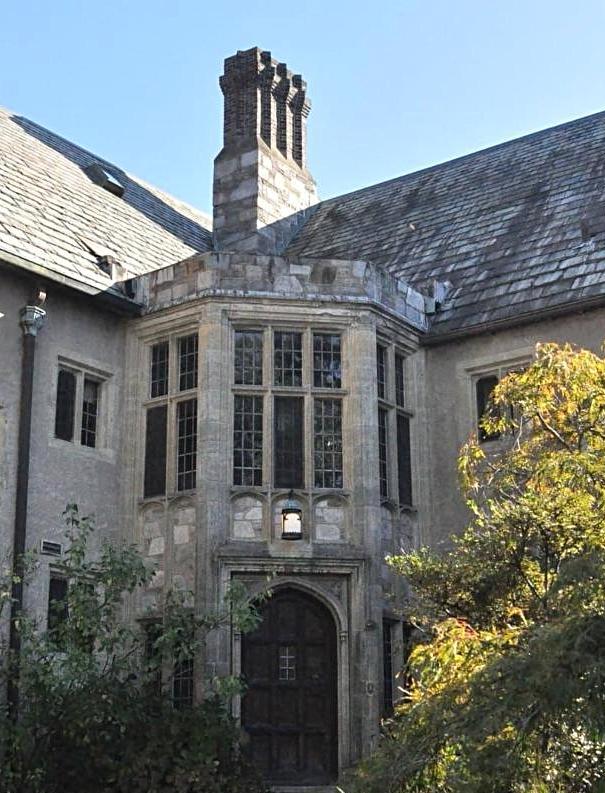
755 Prospect Street, HRAF Headquarters
Have you ever wondered how the Human Relations Area Files got its name? Or how we organized our ethnographic collections for members before the Internet?
HRAF has partnered with Choice’s podcast The Authority File to create a 4-part series. In this series, Dr. Carol Ember, president of HRAF, and Peter N. Peregrine, professor of archaeology at Lawrence University, join Bill to talk about the history, make-up, and relevance of HRAF — and how the cultures and cultural practices contained within its million pages of information can illuminate a wide variety research areas. You can listen to the podcasts below via Stitcher, or on iTunes and Google Play.
Episode 1
The first 20-minute episode is on the history and development of HRAF, HRAF’s interdisciplinary inception, the research needs it was designed to meet, as well as its deep organizational structure.
Episode 2
In this episode, Dr. Carol Ember describes how researchers in the UK used the extensive ethnographic record in HRAF to form hypotheses about the spread of AIDS through cultural practices involving human saliva. She also elucidates a bit of research she and her late husband, Melvin Ember, along with a political scientist undertook to determine whether the claim that democracies don’t fight each other—which is widely circulated in studies of international relations—is an artifact of treaties like NATO, high standards of living and other features of contemporary democracies, or whether it’s a more general principal that can be applied across polities. Dr. Peter Peregrine also explains the power of index searching and examines the quality of the ethnographies collected in HRAF.
Episode 3
In this week’s episode, Dr. Carol Ember explains how the Harvard Song Project partnered with HRAF to datamine the cultural record to better understand the variety of ways humans use song. She also highlights the ways in which HRAF’s structure—as a collection of human-tagged and annotated documents—make it a particularly valuable resource for dataminers. In addition, Dr. Peter Peregrine discusses HRAF’s utility to museum curators who may have unidentified objects or objects with little context in their collections.
Episode 4
This week, Dr. Carol Ember and Dr. Peter Peregrine discuss their research into the cultural responses to disaster. Dr. Ember and her colleagues are investigating societies that lived in hazard-prone environments to see which cultural practices may have been adaptive. As part of the same grant, Dr. Peregrine has examined catastrophic disasters—because they are more readily apparent in the archaeological record—to determine what cultural features may have led to more adaptive societies. Their insights help to shed light on ideas for adapting culturally to climate change and illustrate the way pre-modern cultures can offer insights for addressing contemporary problems.
You can learn more about the history and development of HRAF here as well as in our timeline.
Don’t forget to follow HRAF on Twitter, Facebook, and Instagram.